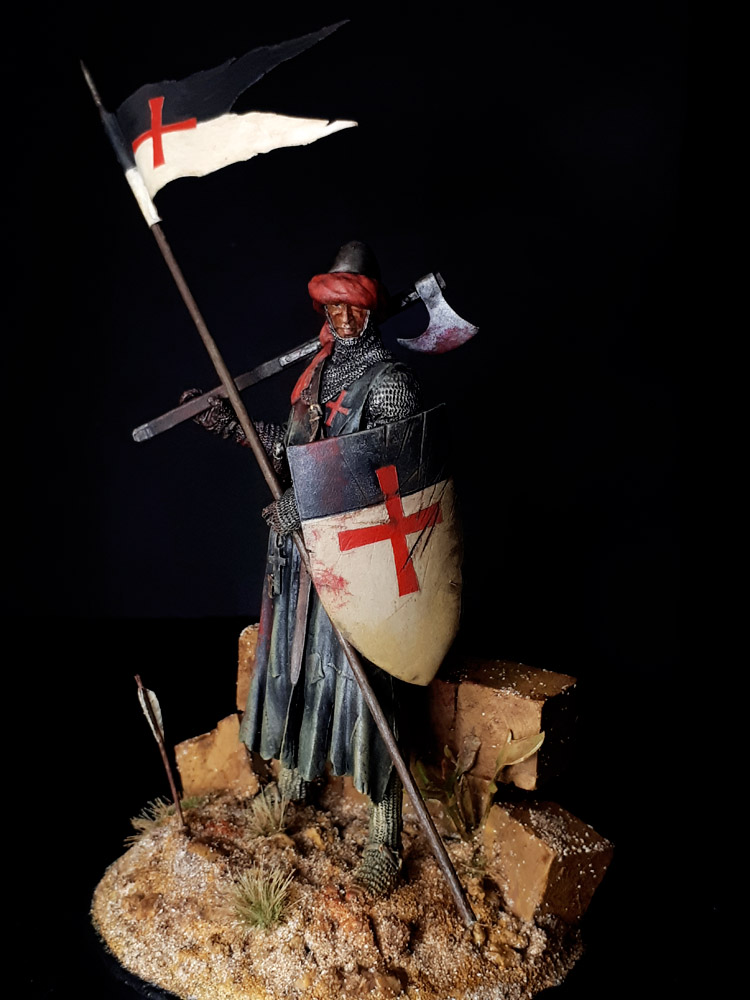
After the Franks in the First Crusade captured Jerusalem from Muslim conquerors in 1099, many Christians made pilgrimages to various sacred sites in the Holy Land.
Although the city of Jerusalem was relatively safe under Christians control, the rest of the Holy land was not. Bandits and marauders preyed upon these Christian pilgrims, who were routinely slaughtered, sometimes by the hundreds, as they attempted to make the journey from the coastline at Jaffa through to the interior of the Holy Land.
In 1119, the French knight ‘Hugues de Payens’ approached King Baldwin II of Jerusalem and the Patriarch of Jerusalem, proposing the creation of a militaristic monastic order for the protection of these pilgrims.

The’ Poor Fellow-Soldiers of Christ and of the Temple of Solomon’ also known as the ‘Order of Solomon’s Temple’, the ‘Knights Templar’ or simply the ‘Templars’ were created. A Catholic military order, headquartered on the Temple Mount in Jerusalem. They were recognized in 1139 by the papal bull ‘Omne datum optimum’. The order was active until 1312 when it was perpetually suppressed by Pope Clement V by the bull ‘Vox in excelso’.
The Brother Knights were nobles already knighted before taking their vows and wore the famed white surcoat and white mantle (cloak) both with a red cross. The red cross that the Templars wore on their robes was a symbol of martyrdom, and to die in combat was considered a great honour that assured a place in heaven.
Their reputation for courage, excellent training, and heavy armament, made the Templars one of the most feared combat forces in medieval times.
Beneath the knights and usually from a lower social class than the more noble knights, were the ‘Sergeants’ . They were allocated 1 horse (unlike the Knight Brothers 3 or 4 horses). The Sergeants brought vital skills and trades from blacksmiths and builders, and included vital administration of many of the order’s European properties.
In the Crusader States, they supported the brother knights in combat and fought just as fiercely alongside the knights. Sergeants dressed in a black tunic and at times a black or brown mantle (cloak), with a red cross.
